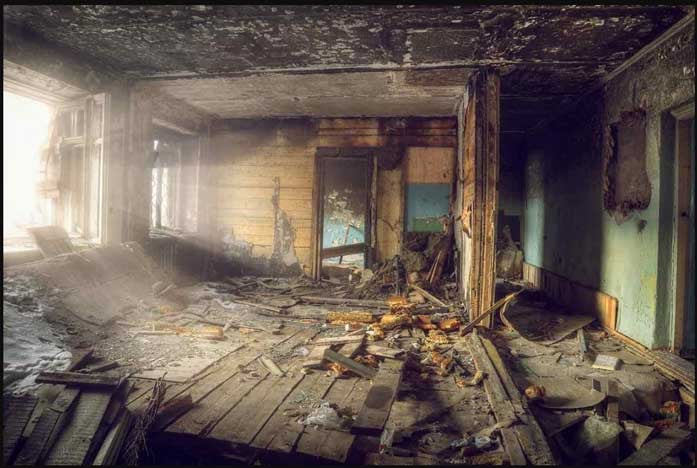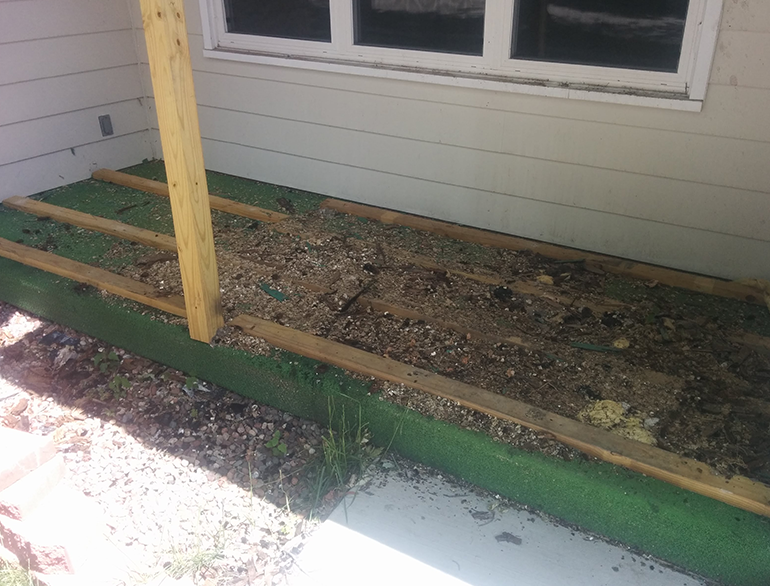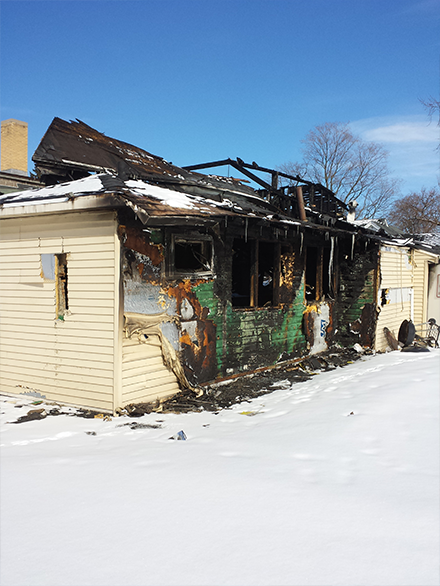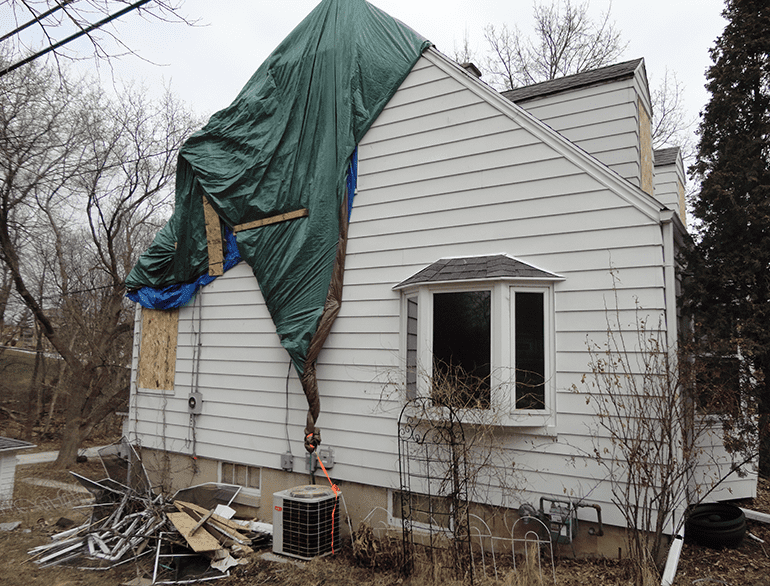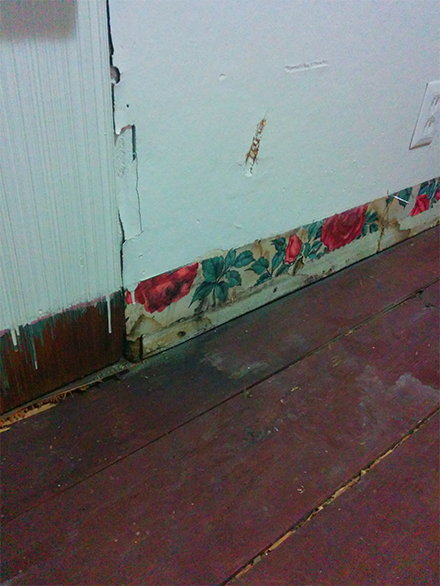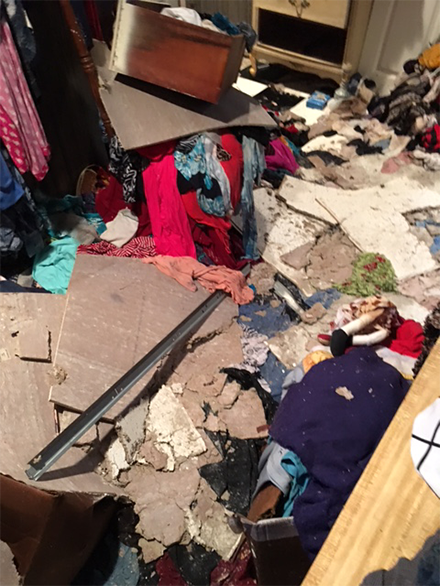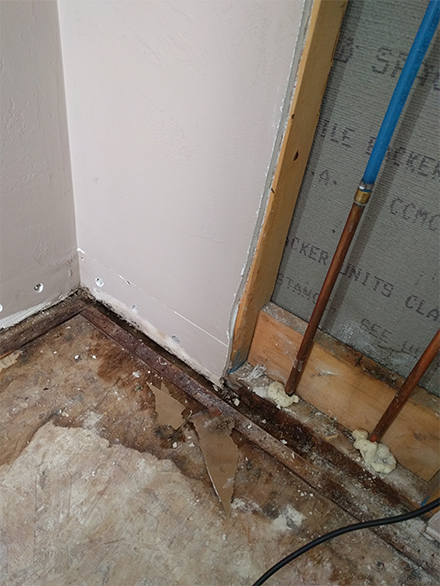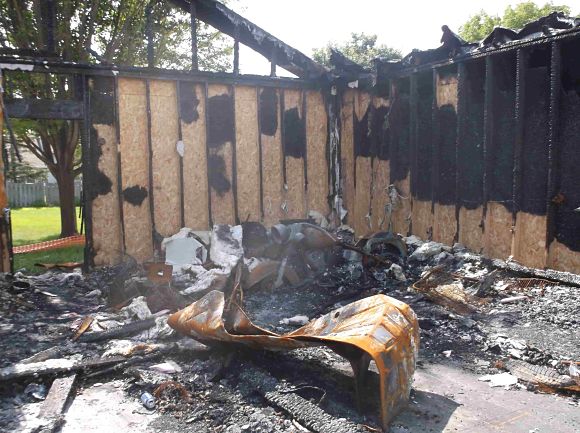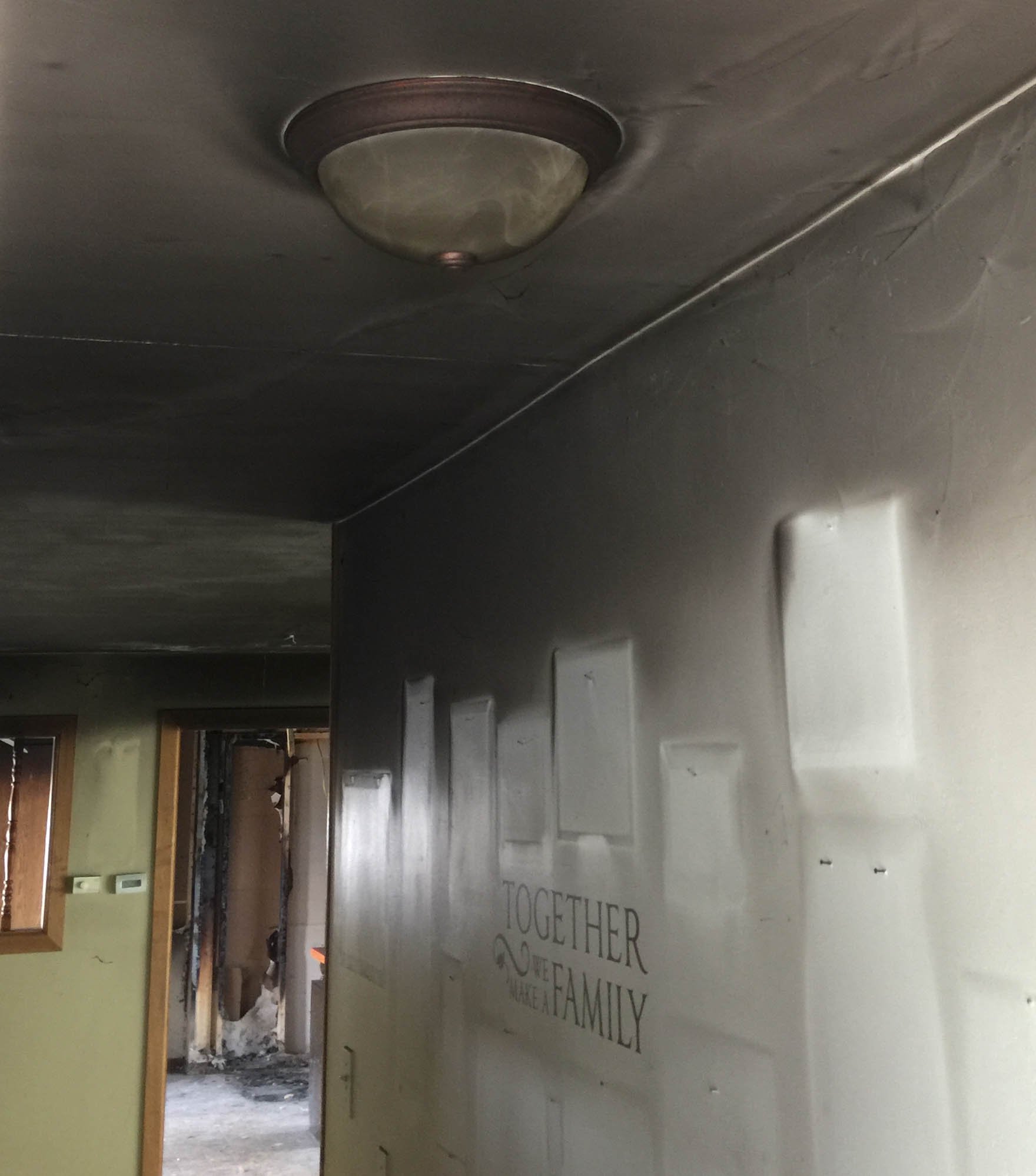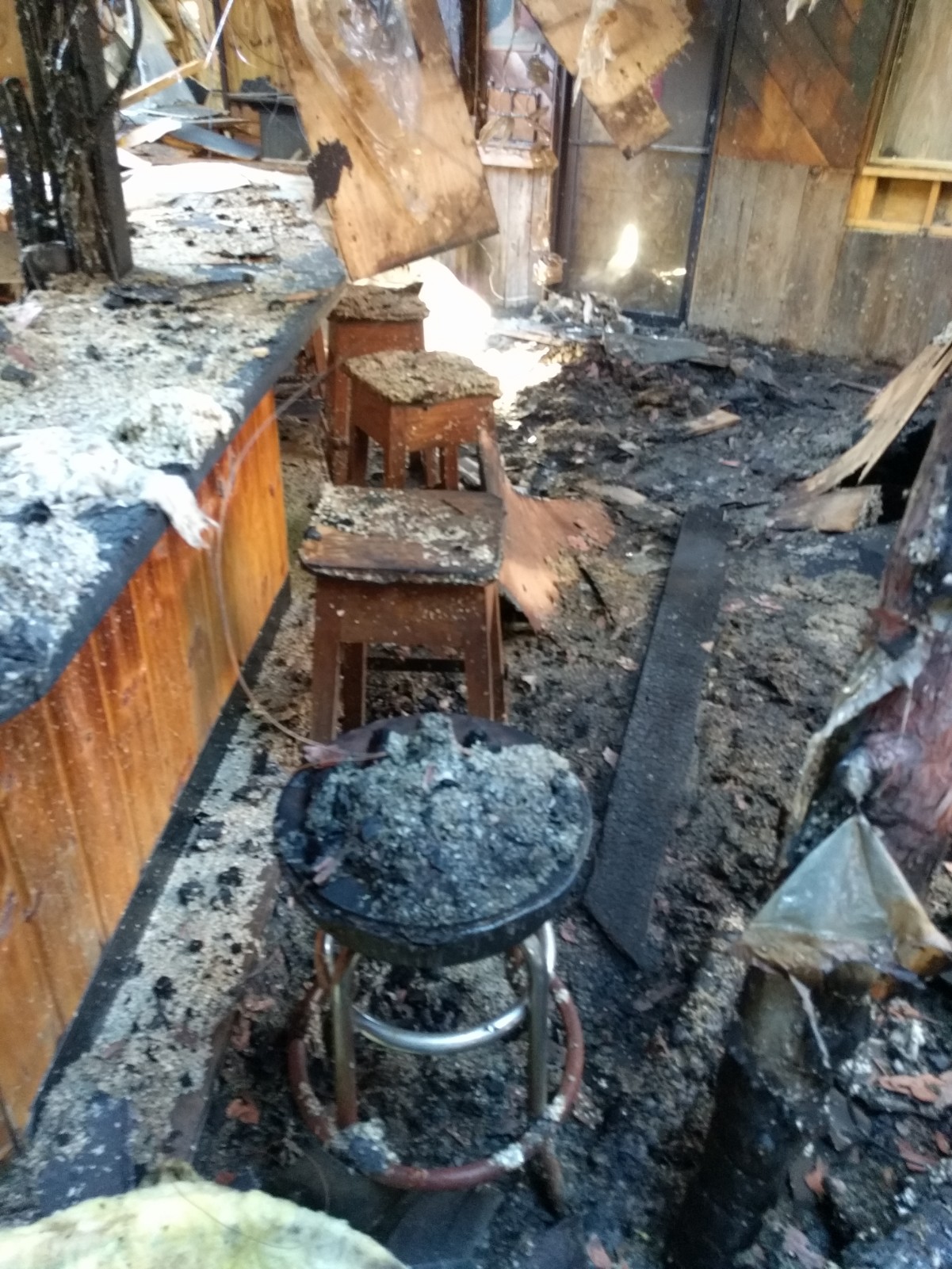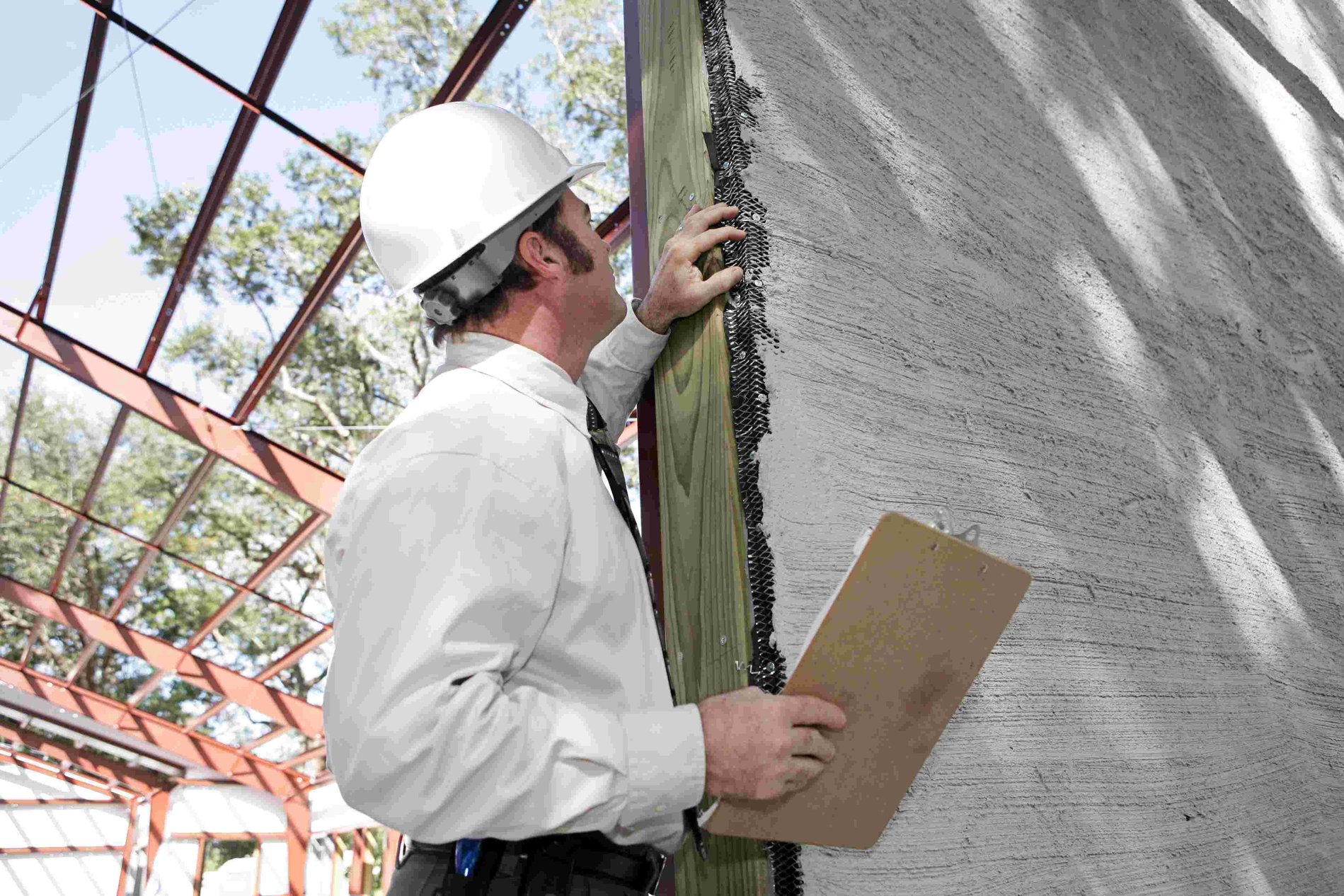
Stucco refers to the type of siding many homes and businesses use to decorate the exterior walls of their buildings. The craft of applying stucco to buildings has been around since the early 1900s. Within the past twenty years, stucco has been replacing other types of siding such as vinyl or brick because of its economical cost and aesthetic appeal. Currently, thousands of homes, neighborhoods, and businesses across America use stucco as their choice of siding, which has been on the rise since its recent modern inception.
Stucco is also an attractive option for home buyers or remodelers because it is known to be flame retardant. Being made of cement, limestone, and silica, stucco essentially acts as a thin layer of hard concrete around the home, which insulates it to keep it cool in the summer and warm in the winter. The problem with stucco, however, is that it is also very porous and can let in moisture, especially if the job wasn't completed correctly or if contractors cut corners. As mentioned on StuccoLegal.com a multitude of homeowners in the northeast have been shocked to learn that their stucco homes are rotting from the inside out.
The Problems with Poorly Installed Stucco
Poorly installed stucco can lead to a plethora of issues for you as a home or business owner. Generally, issues associated with stucco go unnoticed and are exacerbated over long periods of time. Sometimes issues are ignored until the cost to repair the damage has become so great you must pay thousands of dollars in repair costs. As moisture seeps into the porous stucco, it can ruin the plywood on which the stucco was plastered, destroying walls and compromising the integrity of your building or your family's health. Despite the popularity of stucco, the number of stucco insurance and litigation claims has also risen in the past few years, too. Many claimants have stated that their homes and buildings have experienced one or more of the following problems with their stucco installations:
- Humidity in the home increases, causing illness or damage to personal effects;
- Noticeable insect infestations start to ruin the walls, especially termites;
- Black mold begins to form, causing inhalable spores which can cause lasting health defects;
- Rotting wood from prolonged exposure to the elements makes the building unsafe and, in many instances, unable to sell.
Damage to the physical property in addition to the health problems and inability to liquidate a building may be cause for you to worry and wonder what course of action you can take to restore your home or business. No one likes feeling victimized in these situations, which is why the following information may be helpful to you if you are considering different options to take when you have experienced stucco-related problems.
Homeowner's Insurance Claims
Many individuals and attorneys think that they can take on homeowner's insurance companies in the case of stucco damages to the home. Though some stucco cases are in fact covered by homeowner's insurance, your insurance will most likely not pay for your home damages if you purchase insurance after the stucco damage was discovered. Many insurance companies also don't cover insurance claims for work done by unlicensed professionals. This means that insurance can only cover you if the damage was NOT pre-existing and that you should only hire professionals to do your housework, even when unlicensed labor is cheaper.
This is why so many lawyers and other litigators take issue with homeowner's insurance companies. They argue that there is a legal right that homeowners have to compensation which insurance companies should pay for. Insurance companies, however, argue that homeowners should also make informed decisions about their homes and remodels, though the complexities of what could go wrong are understandable. If an insurance company assesses that there is a legitimate problem, however, with stucco according to the rules and terms of your policy, it is still possible to get help.
Builder's Insurance May Be Held Liable
Sometimes, a home insurance plan won't cover stucco-related problems because it actually falls on the responsibility of a builder or contractor. These workers usually have insurance too, and many claims for faulty work will rest on their insurance company's shoulders. A homeowners insurance carrier may be able to help you receive compensation from the contractor's insurance company, as well as help you asses if you have a claim.
Attorneys will also assist you in litigating against builder insurance companies in order to get you compensation from those they feel are liable. Each claim is assessed on a case-by-case basis, and your stucco problem will either be settled in mutual agreement or through the court system.
Insurance and Stucco
Though stucco may look appealing and can actually help a house run more efficiently if it is installed correctly, incorrect installation can end up costing more than bargained for. Get homeowner's insurance quickly before a problem even happens, and remember to hire professional and licensed help. Though you can use an attorney to help you get compensated for stucco-related damages, also remember that it is best to avoid the problems altogether.
.png)


